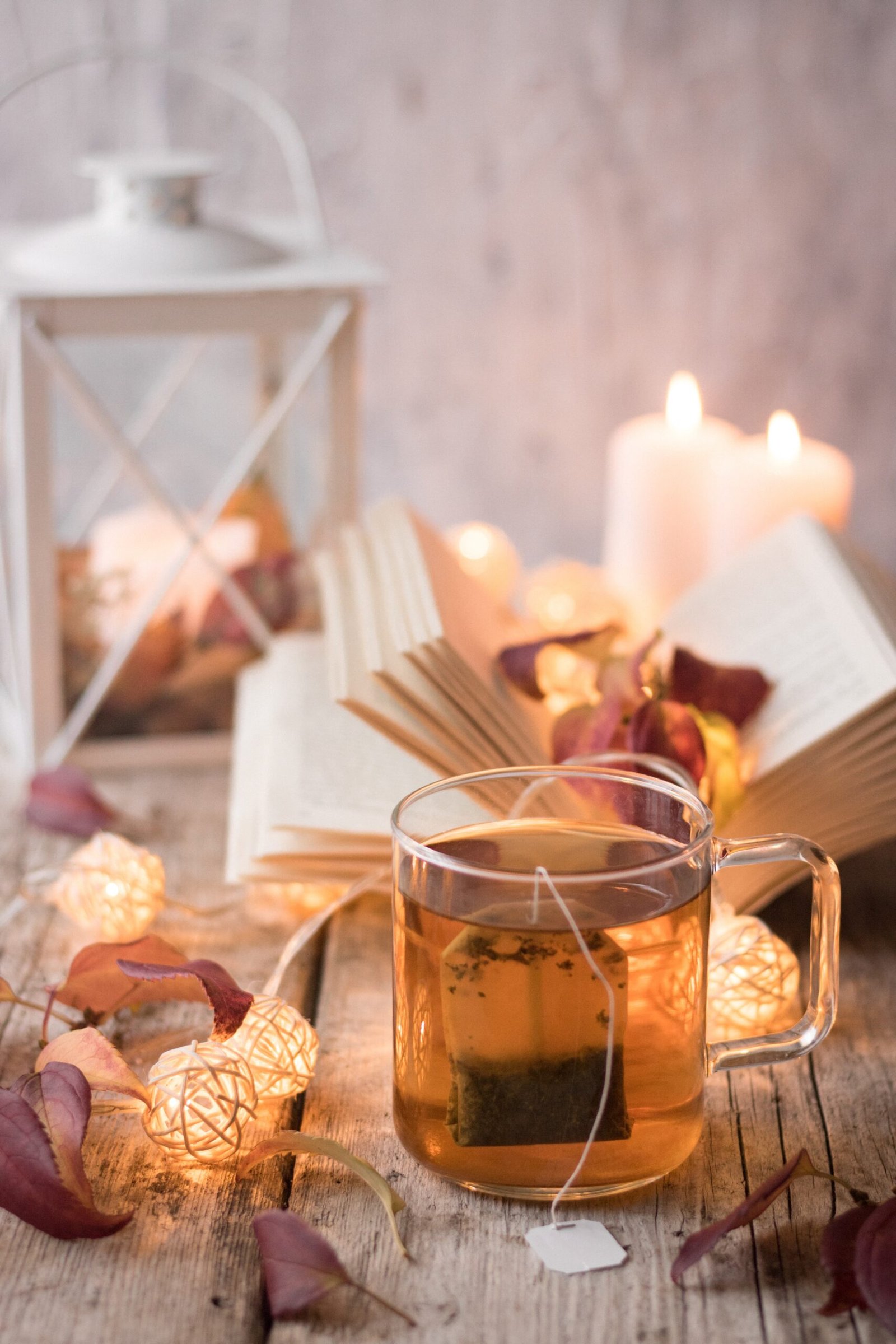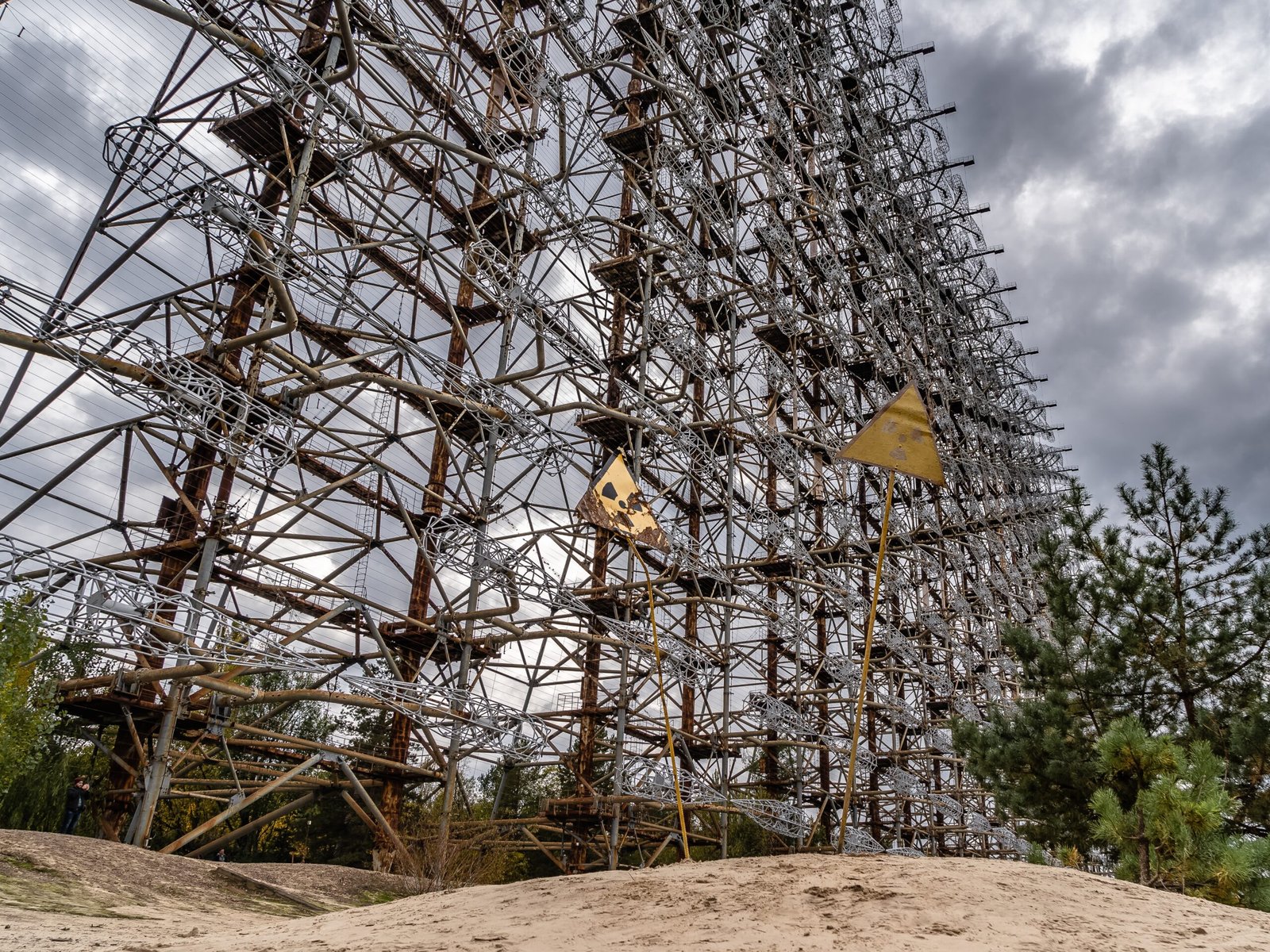Having low-light areas in your home doesn’t mean you can’t have beautiful and thriving plants. While many plants thrive in bright, direct sunlight, there are plenty of options that are well-suited for low-light conditions. Whether you have a basement, a room with small windows, or simply a space that doesn’t get much natural light, there are plants that can thrive and bring life to your home.
1. Snake Plant (Sansevieria)
The snake plant is a popular choice for low-light areas due to its ability to tolerate a wide range of light conditions. It has long, upright leaves that are typically green with yellow edges, although there are varieties with different patterns. Snake plants are known for their air-purifying qualities, making them a great addition to any room.
2. ZZ Plant (Zamioculcas zamiifolia)
The ZZ plant is another excellent choice for low-light areas. It has glossy, dark green leaves that add a touch of elegance to any space. The ZZ plant is known for its ability to tolerate neglect and low-light conditions, making it a perfect choice for those who don’t have a green thumb.
3. Pothos (Epipremnum aureum)
Pothos is a popular trailing plant that can thrive in low-light areas. It has heart-shaped leaves that come in various shades of green, making it a visually appealing addition to any room. Pothos is also known for its air-purifying qualities and is relatively easy to care for.
4. Chinese Evergreen (Aglaonema)
The Chinese Evergreen is a versatile plant that can tolerate low-light conditions. It has attractive, variegated leaves that come in different shades of green, silver, and even red. Chinese Evergreen plants are known for their ability to purify the air and are relatively low-maintenance.
5. Peace Lily (Spathiphyllum)
The Peace Lily is a popular choice for low-light areas due to its ability to thrive in shady conditions. It has dark green leaves and produces elegant white flowers. Peace Lily plants are not only visually appealing but also known for their air-purifying qualities.
6. Cast Iron Plant (Aspidistra elatior)
The Cast Iron Plant is aptly named for its ability to withstand neglect and low-light conditions. It has dark green, leathery leaves that add a touch of elegance to any space. Cast Iron Plants are relatively low-maintenance and can tolerate a wide range of temperatures.
7. Dracaena
Dracaena plants come in various varieties and can tolerate low-light conditions. They have long, arching leaves that come in different colors and patterns. Dracaena plants are known for their air-purifying qualities and can add a tropical touch to your home.
8. Spider Plant (Chlorophytum comosum)
The Spider Plant is a popular choice for low-light areas due to its ability to tolerate a wide range of light conditions. It has long, arching leaves with white stripes, giving it a unique and eye-catching appearance. Spider Plants are relatively easy to care for and can even produce small white flowers.
9. Philodendron
Philodendron plants come in various varieties and can thrive in low-light conditions. They have heart-shaped leaves that come in different shades of green. Philodendrons are relatively easy to care for and can add a touch of tropical beauty to any room.
10. Aglaonema
Aglaonema, also known as Chinese Evergreen, is a popular choice for low-light areas. It has attractive, variegated leaves that come in different shades of green, silver, and even red. Aglaonema plants are known for their ability to purify the air and are relatively low-maintenance.
When choosing plants for low-light areas, it’s essential to consider their specific light requirements and adjust their care accordingly. While these plants can tolerate low-light conditions, they still need some indirect light to thrive. Additionally, it’s crucial to avoid overwatering as low-light areas typically have lower humidity levels. With proper care and attention, these plants can bring life and beauty to even the darkest corners of your home.















